Heading out the door? Read this article on the new Outside+ app available now on iOS devices for members! Download the app.
There are a lot of deadly plants across the globe, and if you are going to be spending any time hiking in the backcountry knowing the difference between which are edible and which will cause bodily harm is an important skill. While the majority of plants you’re likely to encounter are harmless, there are a few that can be deadly. Always bring a region-specific foliage guidebook, and don’t ingest anything you’re not sure about.
To get you started, here are 11 poisonous plants to avoid when you’re out in the wild. Ranked on a scale of 1 (slightly inconvenient symptoms when ingested) to 10 (potentially fatal if eaten), this round-up is a high-level look at some of the most dangerous plants in the world.
1. Angel’s Trumpet
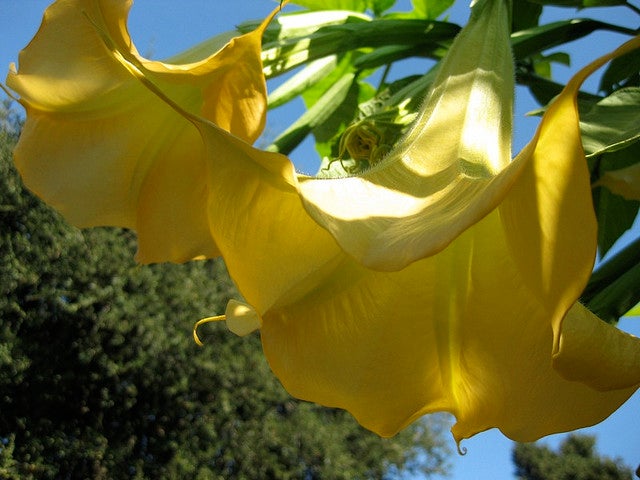
Danger: 3
Native to: South America
The colorful, trumpet-shaped flowers on this tropical tree may look and smell enticing, but don’t let their beauty and flavorful scent fool you. This member of the nightshade family is poisonous when ingested. Symptoms include diarrhea, migraines, and partial paralysis.
2. Morning Glory
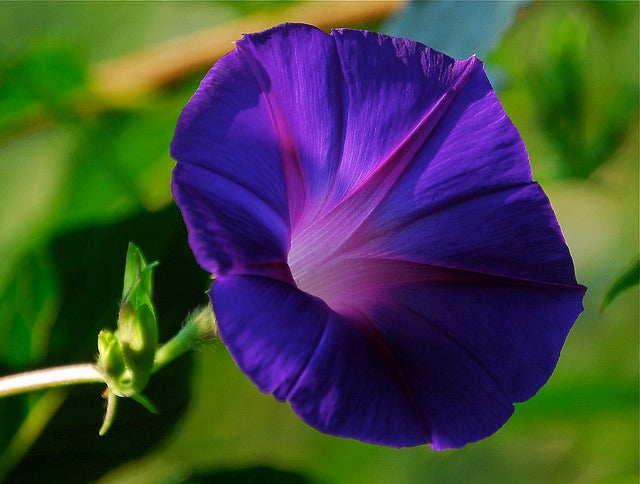
Danger: 3
Native to: Mexico and Central America
The Morning Glory is known for its heart-shaped leaves and colorful funnel-like flowers that unfurl their petals in the morning and curl back up at night. Its seeds contain the potent hallucinogen LSA, a cousin to LSD, and have similar effects. Ingesting them can also cause nausea, vomiting, diarrhea, numbness of limbs, and muscle spasms.
3. Poison Oak
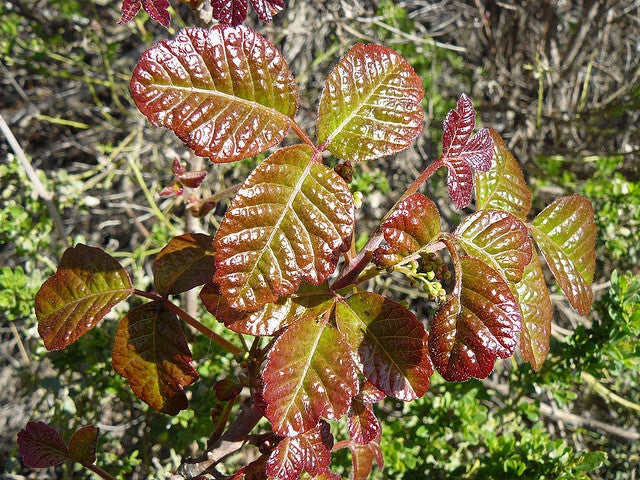
Danger: 5
Native to: North America
Poison oak is one of the most common poisonous plants in the United States alongside its counterparts poison ivy and sumac. Its fuzzy, rounded leaves are green and have three leaflets on each stem and often small yellow-white berries. The leaflets contain urushiol, the same oil found in poison ivy and poison sumac, that can cause an itchy, uncomfortable rash when it comes in contact with the skin. Imagine what it will do if ingested. So, don’t eat it (and no, you can’t build up an immunity to it by doing so.)
4. American Pokeweed
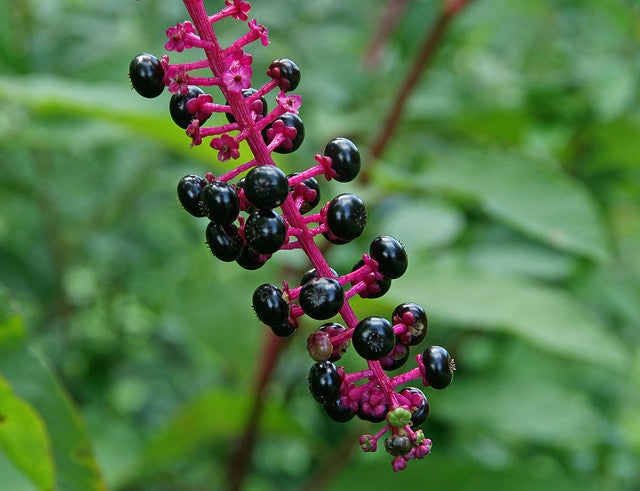
Danger: 6
AKA: Pokeberry
Native to: North America
American Pokeweed has a tall purple-red stem and flaunts small flowers, most often white to greenish, and purple-black berries. The entire plant is poisonous, especially its large white root. If eaten raw, it can cause convulsions, vomiting, and respiratory paralysis.
5. Doll’s Eyes
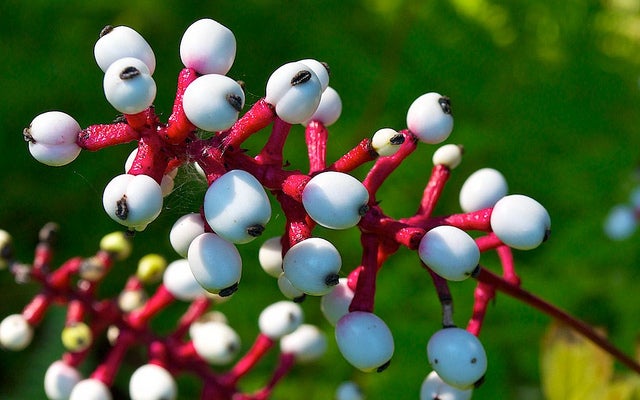
Danger: 7
AKA: White Baneberry
Found in: Eastern and Northern North America
From the thick, red stalk to the white berries with black dots to the flowers and leaves, the whole Doll’s Eyes plant is toxic. The bitter-tasting berry contains a carcinogenic toxin with a dangerous sedative effect on cardiac muscles. If eaten, you may experience stomach cramps, dizziness, vomiting, diarrhea, delirium, and circulatory failure.
6. Moonseed
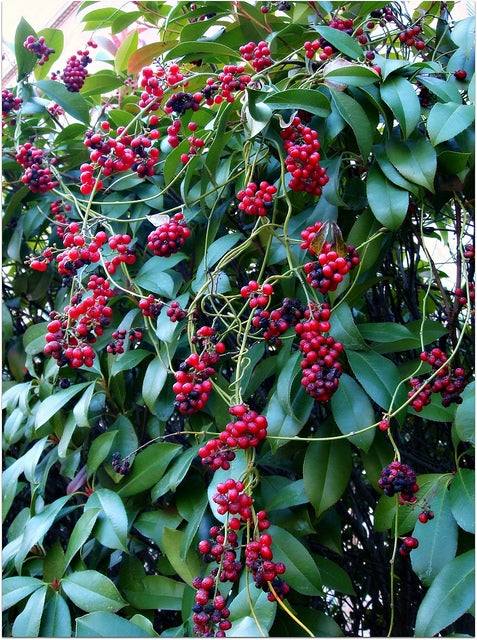
DANGER: 7
Found in: Eastern North America
The dark berry clusters of the moonseed plant bear a remarkable resemblance to wild grapes. Don’t confuse the two. Ingestion of moonseed berries can cause paralysis if consumed in large enough doses and can sometimes be fatal.
7. English Yew
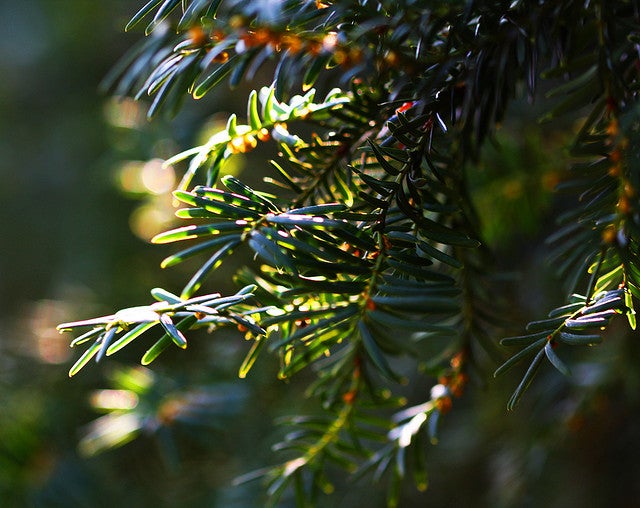
Danger: 8
Found in: Europe, Western Asia, North Africa
Considered one of the deadliest trees on the planet, the English Yew is part of the evergreen family and has a majestic lush appearance. All parts of this tree, including the needles and seeds of the red berries, contain the toxin taxine and are extremely poisonous. Symptoms of ingestion include irregular heart rate, severe stomach pain, nausea, vomiting, and potentially death.
8. Oleander
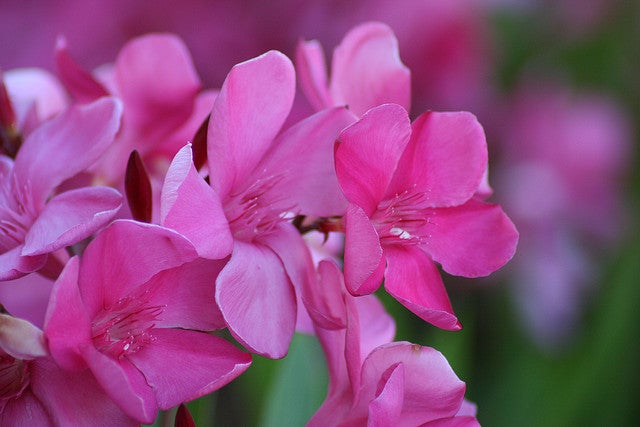
Danger: 8
AKA: Nerium
Found in: Temperate and subtropical regions worldwide
This evergreen offers beautiful white, pink, or red flowers and is often used ornamentally in gardens. Chewing a single leaf of this plant can kill you. If it doesn’t, you can expect nausea, vomiting, seizures, and severe cardiac irregularities. Even the honey created by bees who’ve been in contact with oleander remains mildly poisonous.
9. Strychnine Tree
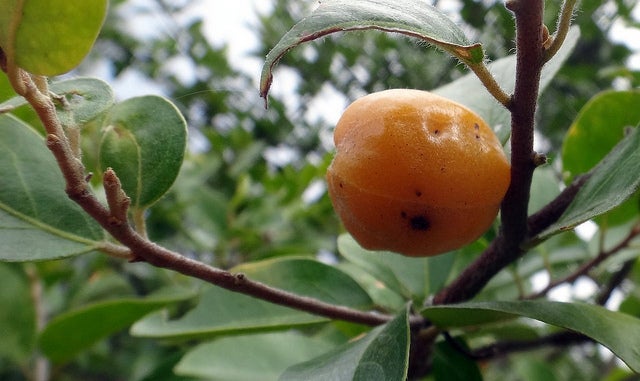
Danger: 10
Found in: India and Southeast Asia
According to legend, Cleopatra tested the Strychnine Tree’s effects on her servants when she was researching the best way to commit suicide. When she saw the horrific symptoms—vomiting, facial contortions, severe convulsions, almost certain death—she opted not to use this method for herself. Best to steer clear of the apple-sized orange fruit it produces as the seeds contain the deadly poison strychnine.
10. Castor Bean Plant
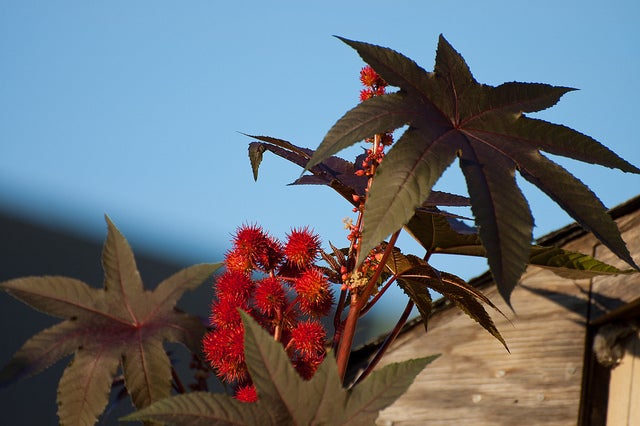
Danger: 10
Native to: Eastern Africa and the Middle East
Eating just one small bean from this plant can kill an adult in minutes. The plant has star-shaped leaves and bright red pods full of seeds. It is these seeds (or beans) that contain the deadly poison ricin. If ingested, they can cause nausea, vomiting, diarrhea, abdominal pain, and, potentially, gastrointestinal bleeding, which can lead to death.
11. Water Hemlock
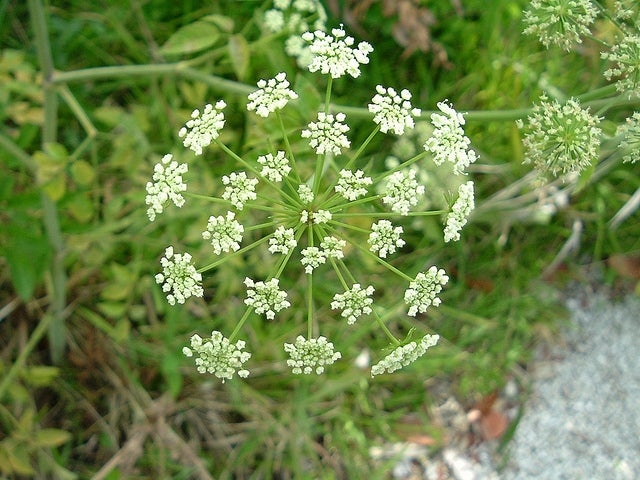
Danger: 10
AKA: Poison Parsnip
Native to: North America
Water Hemlock is considered the most poisonous plant in North America. Its small white flowers sit in clusters atop a tall stalk, which can grow up to eight feet high. The entire plant contains the poison cicutoxin, which acts on the central nervous system causing seizures, confusion, and death due to respiratory failure. Symptoms and often death happen within a few hours after ingestion.